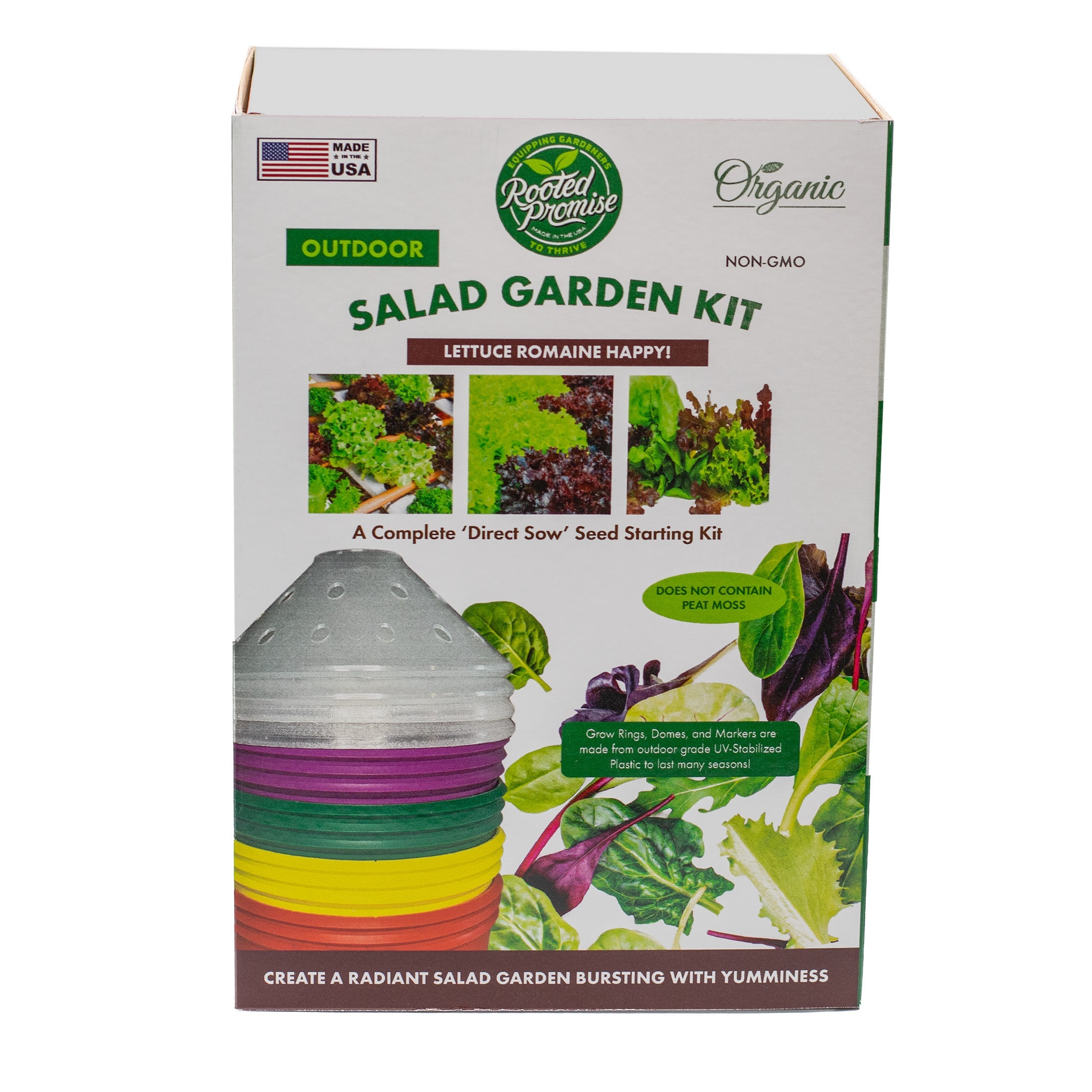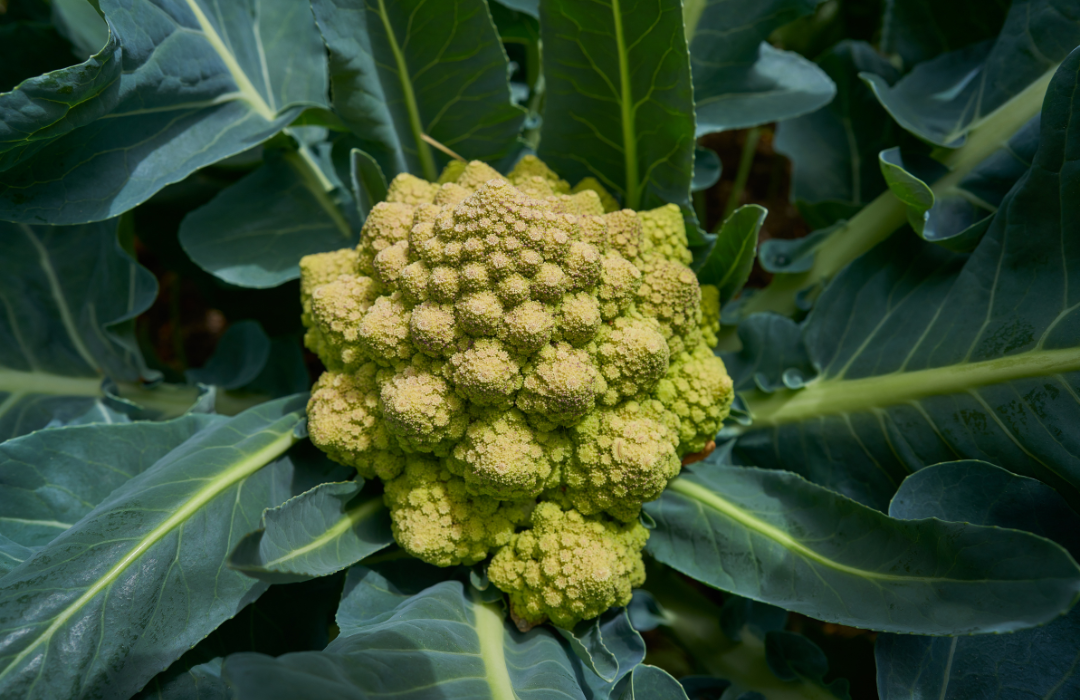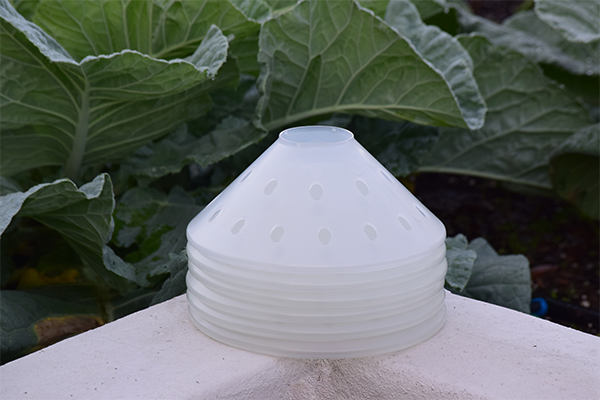What are the most exotic vegetables?
Introduction
The world of vegetables is brimming with colors, textures, and flavors that many of us have yet to explore. From the bustling markets of Bangkok to the fertile valleys of Peru, there's a cornucopia of exotic vegetables waiting to be discovered. Have you ever wondered what lies beyond the humble carrot or the everyday potato? Maybe you'd like to grow some of your own exotic vegetables? This article will take you on a global journey, unveiling some of the most exotic vegetables and their fascinating stories.
Table of content
-
Exploring Exotic Vegetables
-
Health Benefits of Exotic Vegetables
-
How to Incorporate Exotic Vegetables into Your Diet
-
Key Takeaways
-
FAQs
-
Conclusion
Exploring Exotic Vegetables
Dragon Fruit: The Jewel of the Tropics
Imagine walking through a tropical paradise where vibrant pink and green fruits dangle like precious jewels. That's the allure of dragon fruit. Native to Central America but now cultivated widely in Southeast Asia, dragon fruit is not only visually stunning but also packed with nutrients. Its flesh, speckled with tiny black seeds, offers a refreshing taste reminiscent of kiwi and pear. Did you know that you can grow dragon fruit in USDA zones 9 - 11? Outdoor dragon fruit thrive in sunny spots or in filtered sun in intensely hot areas and they grow well in containers.
For more on this fascinating fruit, check out this detailed article from Britannica.
Romanesco: Nature's Fractal Masterpiece
When it comes to visual intrigue, few vegetables can compete with Romanesco broccoli. With its chartreuse color and mesmerizing spiral patterns, Romanesco looks like it belongs in a science fiction novel. But this vegetable is no alien—it's a member of the Brassica family, related to cauliflower and broccoli. Its taste is mild and nutty, making it an excellent addition to salads and stir-fries. Romanesco broccoli is as easy to grow as normal broccoli or cauliflower. Even though it is a cool season plant, it is best started indoors 4-6 weeks ahead of time and transplanted into the garden after the last frost.
Learn more about the mathematical beauty of Romanesco from MathWorld's comprehensive guide.
Oca: The Peruvian Treasure
The Andes mountains cradle many agricultural secrets, one of which is the oca. This tuber, with its array of bright colors and tangy flavor, has been a staple in Andean diets for centuries. Its versatility allows it to be roasted, boiled, or even eaten raw, offering a zestful alternative to potatoes. Oca is easy to grow in most of the Pacific Northwest, but challenging in the rest of the country.
Delve into the history and cultivation of oca by visiting Biodiversity Heritage Library.
Health Benefits of Exotic Vegetables
Exotic vegetables are not just culinary adventures; they are nutritional powerhouses. These unique veggies often contain high levels of vitamins, minerals, and antioxidants that contribute to overall well-being. For example:
-
Dragon fruit: Rich in vitamin C, fiber, and antioxidants.
-
Romanesco: High in vitamin K, vitamin C, and dietary fiber.
-
Oca: Packed with vitamin A, vitamin C, and iron.
These nutrients play crucial roles in boosting immunity, improving digestion, and maintaining healthy skin.
How to Incorporate Exotic Vegetables into Your Diet
Dragon Fruit Smoothie Bowl
Start your day with a burst of energy by blending dragon fruit into a smoothie bowl. Top it with granola, chia seeds, and fresh berries for a nutritious breakfast that's as Instagram-worthy as it is delicious.
Romanesco Stir-Fry
Add a touch of elegance to your weeknight dinners with a Romanesco stir-fry. Sauté Romanesco florets with garlic, olive oil, and a splash of soy sauce for a quick and healthy meal.
Oca Chips
If you're looking for a healthier alternative to potato chips, try baking thinly sliced oca tubers. Season them with sea salt and your favorite herbs for a crunchy snack that's both satisfying and guilt-free.
Key Takeaways
-
Variety is Key: Incorporating exotic vegetables adds variety to your diet and ensures you get a broad spectrum of nutrients.
-
Culinary Adventure: Trying new vegetables can make meal preparation exciting and fun.
-
Health Benefits: Many exotic vegetables are rich in vitamins, minerals, and antioxidants that promote overall health.
FAQs
Are exotic vegetables hard to find?
Many exotic vegetables are becoming more accessible thanks to global trade and specialty food stores. Farmers' markets are also excellent places to find unique produce.
Can I grow exotic vegetables at home?
Yes, many exotic vegetables can be grown at home with the right conditions. Research the specific needs of each vegetable to ensure successful cultivation.
Conclusion
Embarking on a journey through the world of exotic vegetables is like opening a treasure chest filled with culinary gems. Each vegetable has its own story to tell, its own flavors to savor, and its own health benefits to offer. So why not try some. Who knows, you may like them so much that you grow your own!
For further reading on the benefits of diverse diets, visit the CDC's Nutrition page.
```













